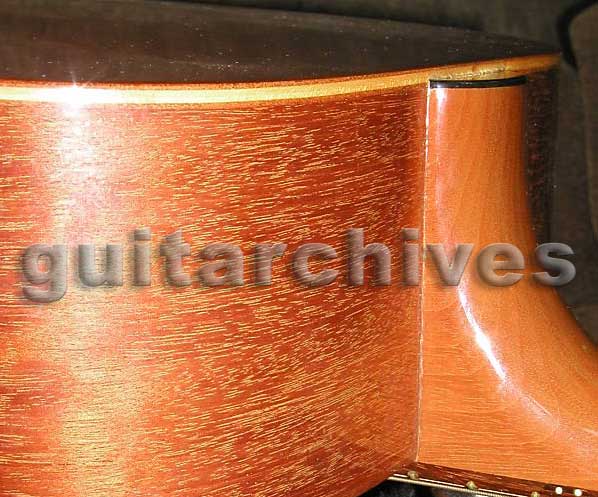killdeer43
Reverential Member
- Joined
- Aug 21, 2008
- Messages
- 21,848
- Reaction score
- 113
Love the history, love the construction techniques/finer points, LOVE the guitars!!
I've always been fascinated by the basic concept of putting strings on a wooden box and making lovely (sometimes) music come out of that box. It's pretty amazing and heady stuff when you think about it!
All musical instruments have their own unique stories but it's always been the guitar for me. It's much more difficult, for instance, to take your Steinway on a camping trip! :shock:
Joe

I've always been fascinated by the basic concept of putting strings on a wooden box and making lovely (sometimes) music come out of that box. It's pretty amazing and heady stuff when you think about it!
All musical instruments have their own unique stories but it's always been the guitar for me. It's much more difficult, for instance, to take your Steinway on a camping trip! :shock:
Joe


